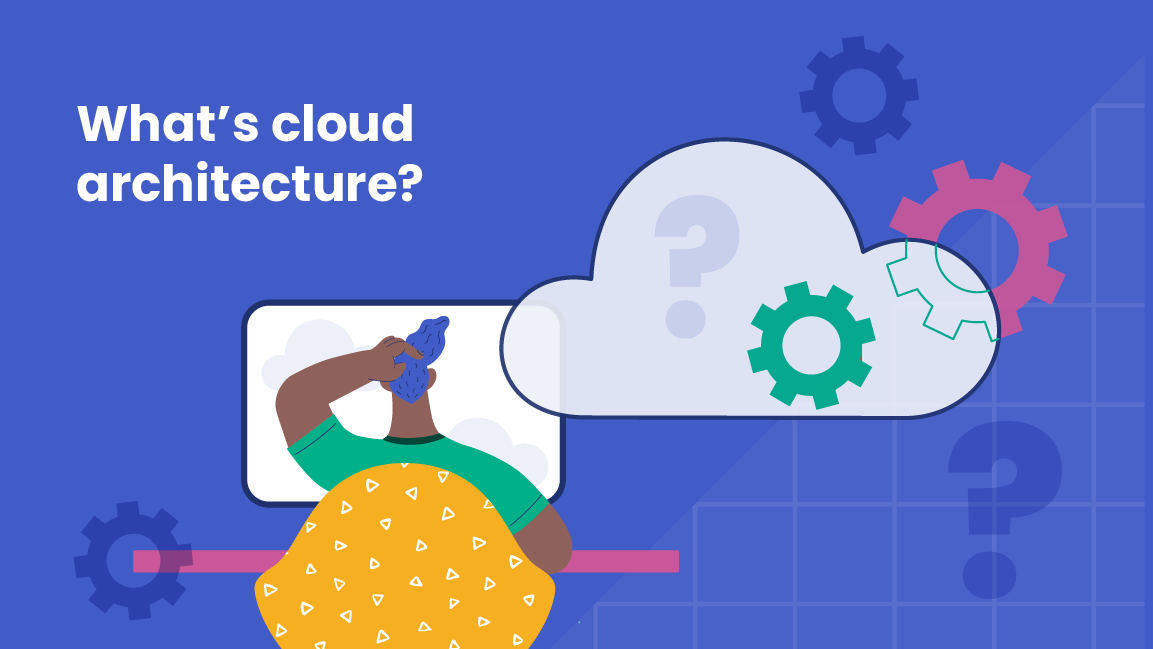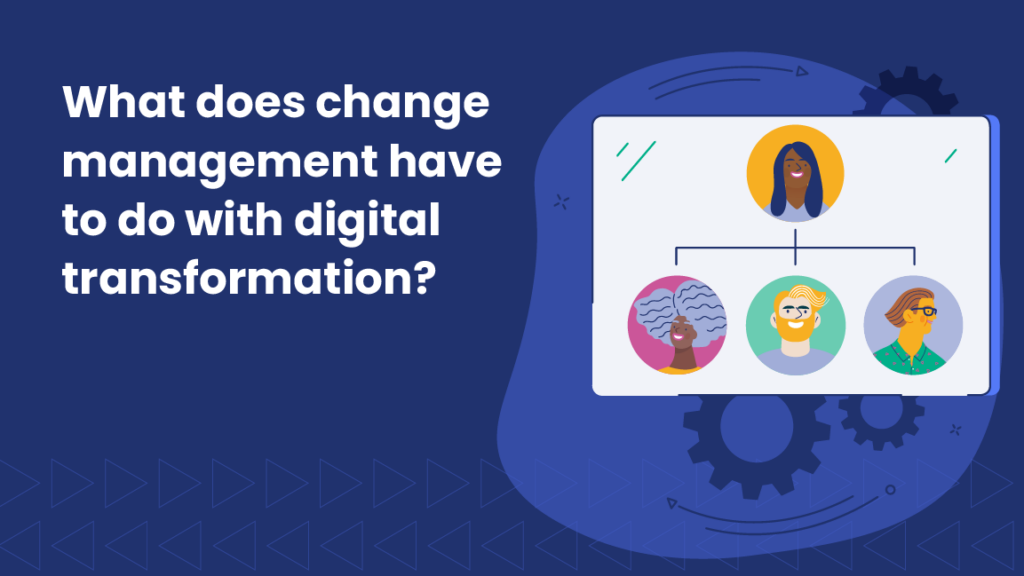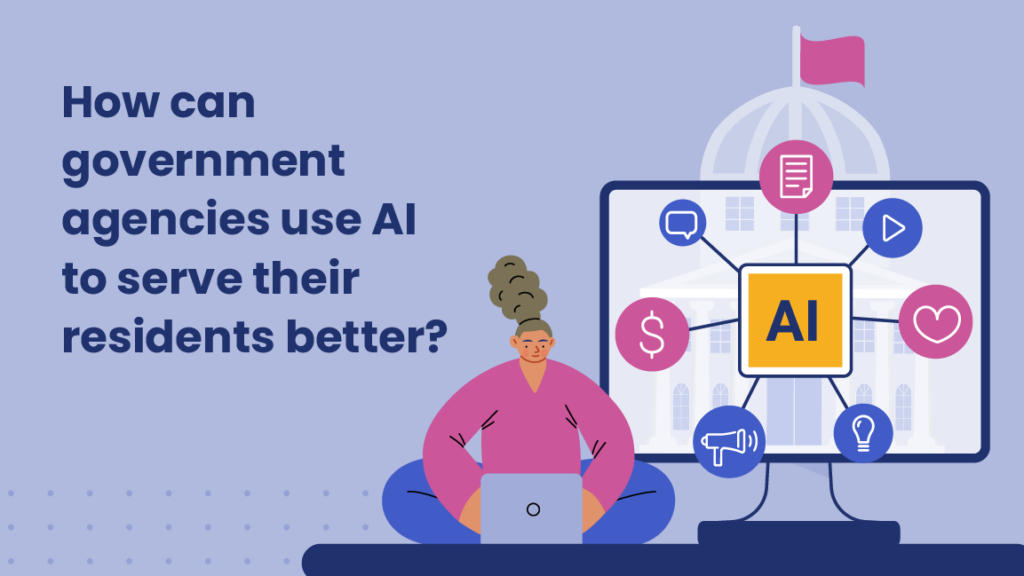Cloud architecture: What every government agency should know

Most modern software companies are building in the cloud, and for good reason; it’s more flexible, scalable, and cost-effective. Cloud architecture helps government agencies (that by nature have ever-changing business requirements) manage technical requirements and resources so they can adapt strategically over time.
First things first: What is cloud computing?
Cloud computing allows services that are accessible via the internet to be delivered without being physically close to the hardware. That means computing resources (such as storage and infrastructure) are always available on demand — eliminating the need to manage physical resources, like servers, in-house.
What’s cloud architecture?
To support cloud computing, you need the right infrastructure: cloud architecture. There are several components that work together within two buckets: the front end and the back end.
Front end
The front end is comprised of the user interfaces, user-facing sides of applications, and the client’s network. It’s the parts that users interact with regardless of whether the interfaces are for public or internal use.
Back end
The back end is the support system for the front end. Essentially, this is what powers the cloud. Instead of interactive pieces, the back end is comprised of components such as the data center, service, storage, and key security mechanisms. The back end monitors everything the front end is running.
You can think about the back end in layers:
- Hardware or data center: servers, storage, and network devices
- Virtualization: digital representation of physical computing and storage resources
- Apps and services: manages front-end user requests and coordinates with the back end
Architecture models
There are three main models of cloud architecture:
- Software as a Service (SaaS): Cloud-based software is delivered and maintained by a service provider for clients.
- Platform as a Service (PaaS): A computing platform, infrastructure, and tools are provided for clients who want to develop, run, and manage applications.
- Infrastructure as a Service (IaaS): Access to cloud infrastructure (including servers, storage, and network) is provided for clients who want to manage their software and applications
Benefits of cloud architecture
Cloud architecture accelerates the development and delivery of new applications (including digital government services), but there are a number of other benefits:
- Flexibility and scalability without massive investment in physical infrastructure
- Built-in redundancy for disaster recovery
- Regular (and stringent) security updates to prevent data breaches and maintain compliance
- Cost savings: You’re only paying for the resources you use
- Integrations are simplified, allowing agencies to partner with multiple vendors easily
How does it work?
There are several types of cloud architecture, including public, private, and hybrid. Each model combines tech components to build a cloud, pools resources through virtualization, and shares data across a network. Access, security, and cost are the main differences between the models.
Connecting to systems of record
So, how does that apply to government agencies? Well, if you’re hoping to update the user experience, cloud computing can help facilitate that update quickly. Using the cloud, your existing back-end system of record can connect to a more user-friendly front-end interface for users.
Looking for more content?
Get articles and insights from our monthly newsletter.




